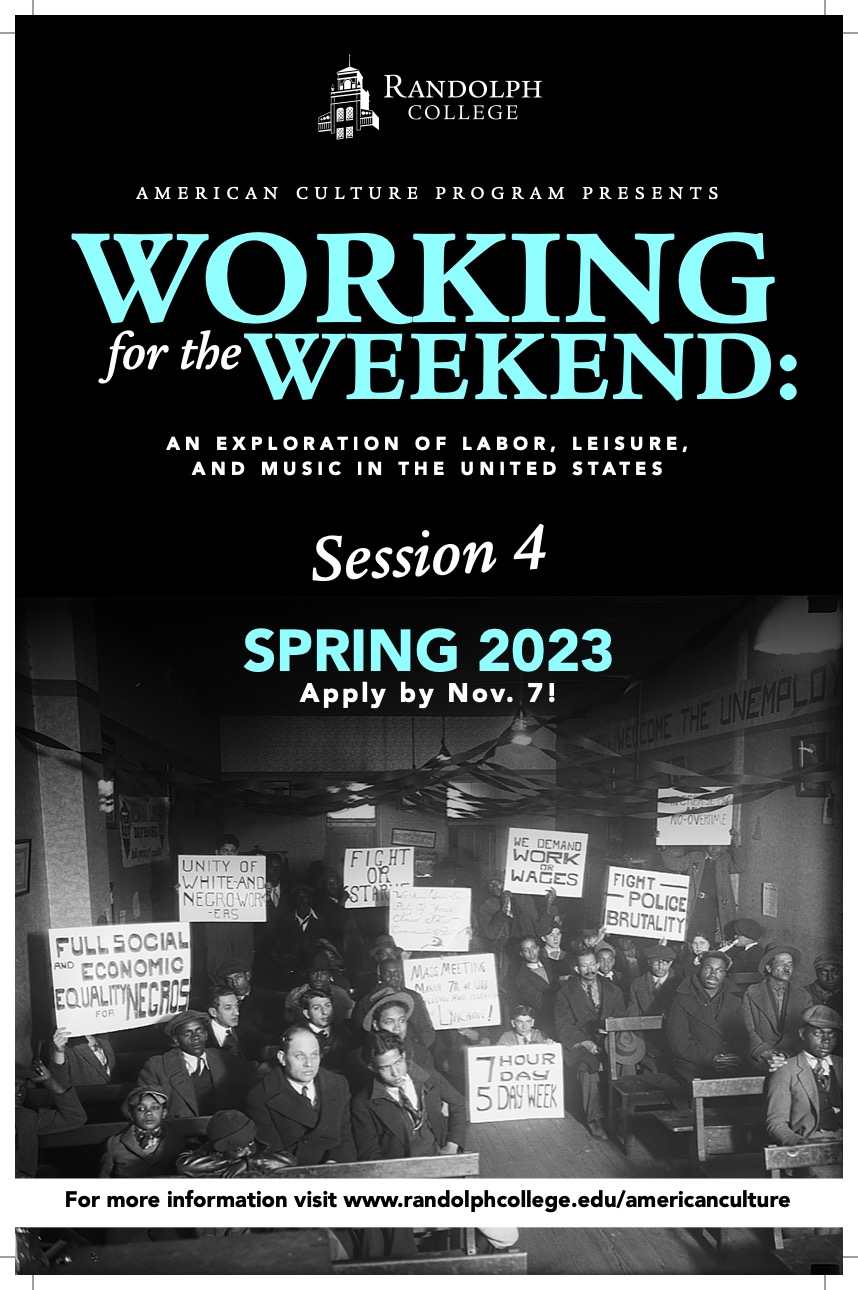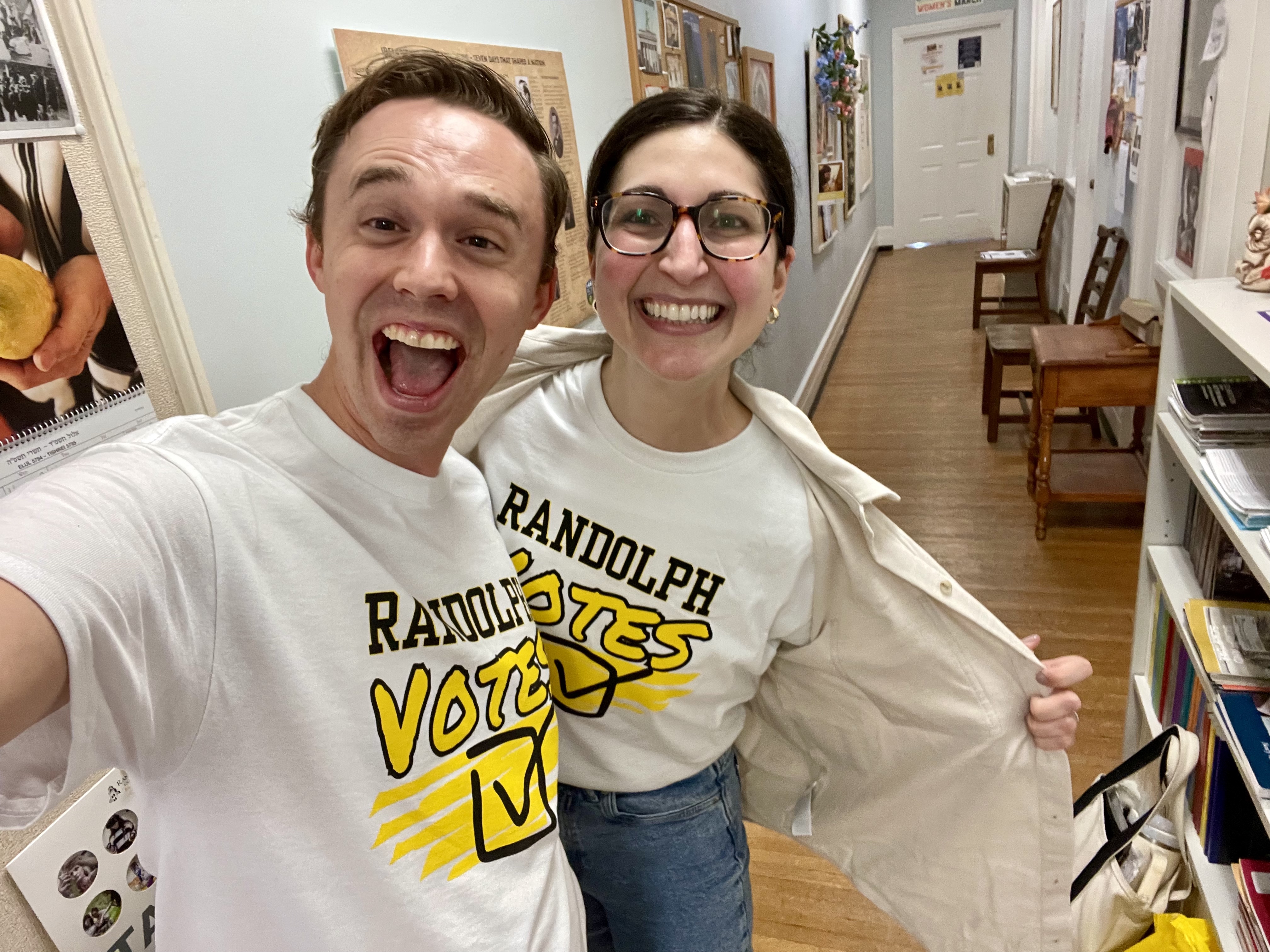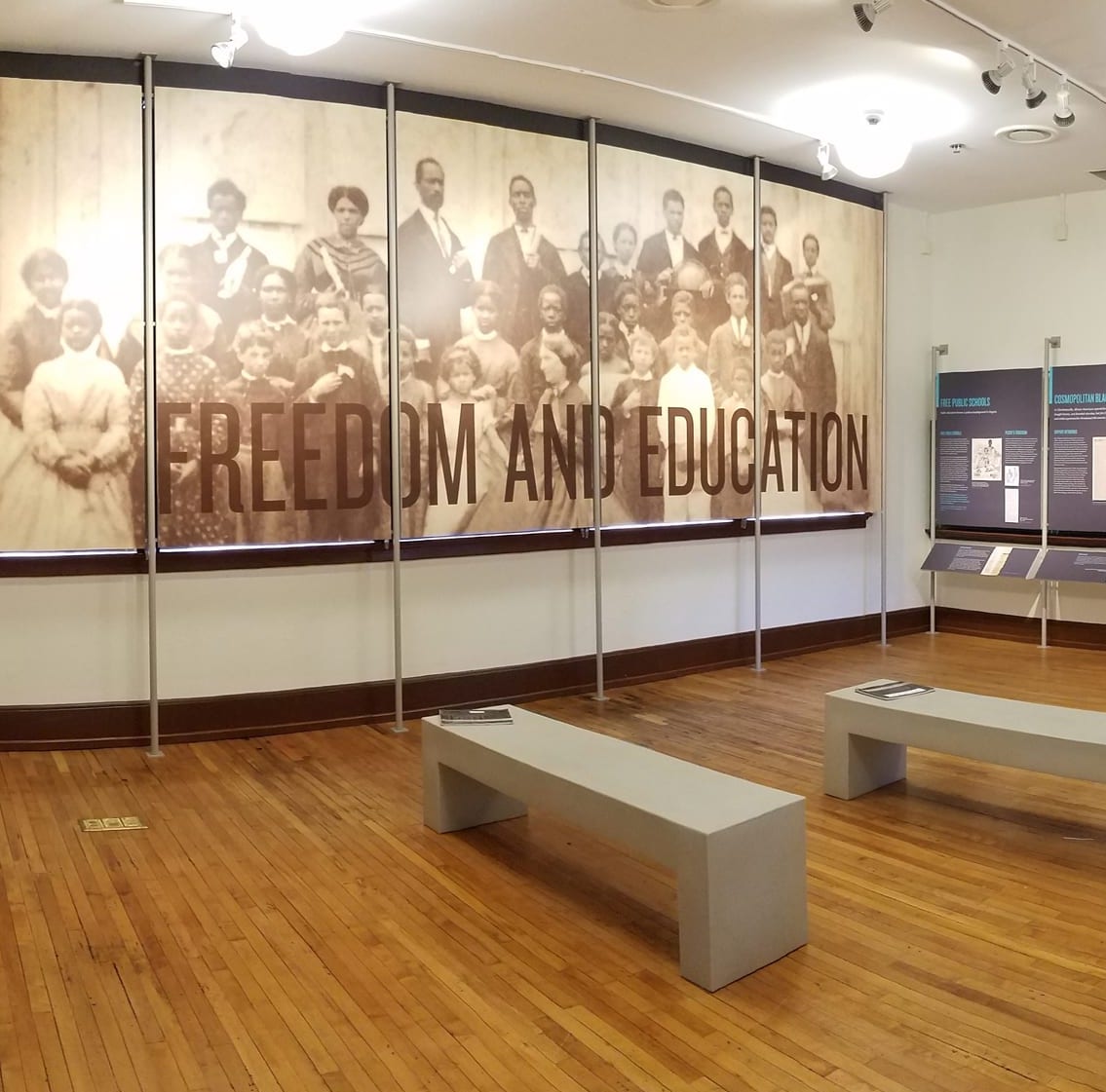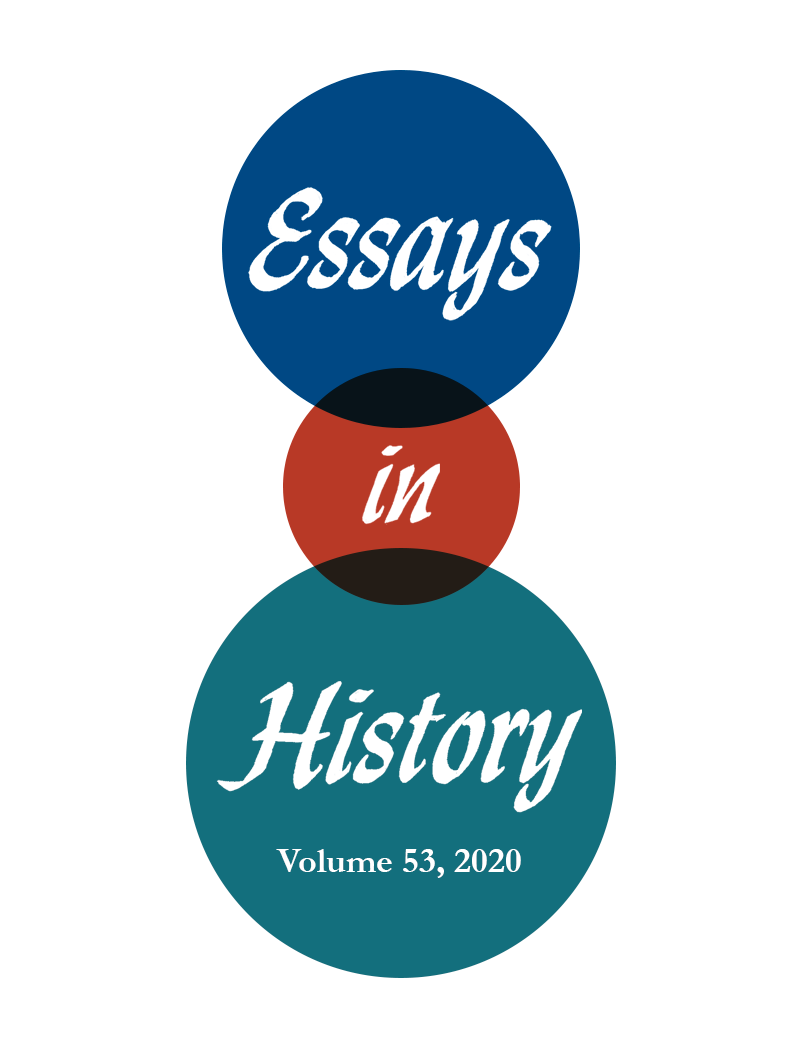Projects
Research Projects
Spirit of Power: Radio, Religion, and the Sound of the American Century
I am working on a book project about the history of religious broadcasting in the United States. Challenging the standard narrative of conservative evangelical dominance, Spirit of Power reveals how liberal Protestant, Jewish, and Catholic broadcasters blessed powerful commercial radio networks in exchange for free airtime. In other words, they traded their cultural authority for cultural power. Their nationwide programming popularized the image of the United States as a “tri-faith” nation with a Protestant “mainline.” At the same time, the deal they struck sanctified a media landscape dominated by a few commercial companies. Religious radio thus expanded the public’s imagination of American religious life while also consolidating corporate control over mass media. Bringing together history, religious studies, and cultural studies, Spirit of Power illustrates how mass culture is a contested terrain where Americans have reimagined themselves, their religions, and the bonds that unite and divide them. In doing so, it offers an innovative way to think about “American religion” not as set of religions practiced within the United States but as a concept created by an emerging mass culture.
Step by Step: American Interracialism and the Origins of Talk-First Activism
 Published in Modern American History, this article examines the history of the idea that friendship and dialogue are the first steps to making a better world. During the first half of the twentieth century, American Protestants powered a national movement for dialogue and cooperation among people of different races. In the 1940s and 1950s, Black leaders in predominantly white ecumenical Protestant institutions created a series of workshops and dialogue guides that popularized the notion that interracial exchange would lead to action. Backed by their institutions’ financial, moral, and organizational resources, they transformed both the interracial movement and dominant understandings of how to change society. Yet, while Black ecumenical leaders insisted that facilitating interracial exchange was just the beginning form of action in ending discrimination, they unintentionally facilitated problematic assumptions about the standalone power of “first steps” in creating a more equitable society.
Published in Modern American History, this article examines the history of the idea that friendship and dialogue are the first steps to making a better world. During the first half of the twentieth century, American Protestants powered a national movement for dialogue and cooperation among people of different races. In the 1940s and 1950s, Black leaders in predominantly white ecumenical Protestant institutions created a series of workshops and dialogue guides that popularized the notion that interracial exchange would lead to action. Backed by their institutions’ financial, moral, and organizational resources, they transformed both the interracial movement and dominant understandings of how to change society. Yet, while Black ecumenical leaders insisted that facilitating interracial exchange was just the beginning form of action in ending discrimination, they unintentionally facilitated problematic assumptions about the standalone power of “first steps” in creating a more equitable society.
Teaching Projects
American Culture Program
 This is a special 8 credit course during Spring Session Four that gives Randolph College students a unique opportunity to learn about American culture firsthand. American Culture students learn from readings, film viewings, class discussions, visiting speakers, and all-expenses-paid travel. The lens through which this program examines American Culture changes every two years. During my tenure, the theme was “Working for the Weekend: An Exploration of Labor, Leisure, and Music in the United States.” The program is co-led by the Ainsworth Scholar (me!) and the Director of the American Culture Program, Dr. Julio Rodriguez.
This is a special 8 credit course during Spring Session Four that gives Randolph College students a unique opportunity to learn about American culture firsthand. American Culture students learn from readings, film viewings, class discussions, visiting speakers, and all-expenses-paid travel. The lens through which this program examines American Culture changes every two years. During my tenure, the theme was “Working for the Weekend: An Exploration of Labor, Leisure, and Music in the United States.” The program is co-led by the Ainsworth Scholar (me!) and the Director of the American Culture Program, Dr. Julio Rodriguez.
As part of “Working for the Weekend,” we examined how people in the past have shifted the balance between labor and leisure. We also considered how this struggle has continued into the present. Why did so many people quit their jobs during the pandemic? And what is behind the current unionization drive in industries ranging from Starbucks to Minor League Baseball? For our big trip, we traveled to Nashville and Memphis to learn about how music and labor activism have contributed to the long and ongoing struggle for racial and economic justice. To riff on Langston Hughes, we reflected on how we, too, can sing a new America.
Service Projects
#RandolphVotes
 In Fall 2024, I created and served as the de facto chair of #RandolphVotes, a nonpartisan campus-wide initiative to boost voter participation and foster civil discourse during the presidential election season. Our efforts helped Randolph College meet its obligation under section 487(a)(23) of the Higher Education Act to make a “good faith effort” to distribute voter registration forms to students.
In Fall 2024, I created and served as the de facto chair of #RandolphVotes, a nonpartisan campus-wide initiative to boost voter participation and foster civil discourse during the presidential election season. Our efforts helped Randolph College meet its obligation under section 487(a)(23) of the Higher Education Act to make a “good faith effort” to distribute voter registration forms to students.
We promoted voter registration, hosted educational events, organized rides to the polls, and shared nonpartisan resources through Instagram and TikTok. You can check out our step-by-step voter registration guide.
In an interview with Randolph College, I said: “Participating in the democratic process is a vital way to maintain Randolph’s mission to engage the world, live honorably, and experience life abundantly.”
Public and Digital History Projects
New Books in History
 In the spring of 2023, I signed on as a host of New Books in History, a podcast channel on the New Books Network. The NBN is a consortium of author-interview podcast channels dedicated to public education. Founded in 2007 by Marshall Poe, it is the largest book-focused podcast network in the world, reaching about one million people per month. Listeners download close to five million episodes each month, and individual episodes are typically downloaded between 2-5k times in the first few months after publication. My host profile includes a list of my past interviews.
In the spring of 2023, I signed on as a host of New Books in History, a podcast channel on the New Books Network. The NBN is a consortium of author-interview podcast channels dedicated to public education. Founded in 2007 by Marshall Poe, it is the largest book-focused podcast network in the world, reaching about one million people per month. Listeners download close to five million episodes each month, and individual episodes are typically downloaded between 2-5k times in the first few months after publication. My host profile includes a list of my past interviews.
Land and Legacy
 This project investigates the land development and expansion of the University of Virginia (UVA) and University of Virginia Foundation (UVAF) throughout Charlottesville and Albemarle County since the 1980s. The project focuses on how these changes have affected local communities, reshaped city and county topography, and contributed to local inequities. Land and Legacy was created by the 2019-2020 Praxis fellows: Janet S. Dunkelbarger, Natasha Roth-Rowland, Lauren Van Nest, Chloe Downe Wells, and me. Based at the Scholars’ Lab at the UVA Library, Praxis fellows receive training in digital methods and tools and are tasked with creating a collaboritive digital humanities project. In addition to the guidance and assistance provided by the Scholars’ Lab staff, we also consulted with library staff, researchers working on the Charlottesville Equity Atlas, and other members of the UVA and Charlottesville community.
This project investigates the land development and expansion of the University of Virginia (UVA) and University of Virginia Foundation (UVAF) throughout Charlottesville and Albemarle County since the 1980s. The project focuses on how these changes have affected local communities, reshaped city and county topography, and contributed to local inequities. Land and Legacy was created by the 2019-2020 Praxis fellows: Janet S. Dunkelbarger, Natasha Roth-Rowland, Lauren Van Nest, Chloe Downe Wells, and me. Based at the Scholars’ Lab at the UVA Library, Praxis fellows receive training in digital methods and tools and are tasked with creating a collaboritive digital humanities project. In addition to the guidance and assistance provided by the Scholars’ Lab staff, we also consulted with library staff, researchers working on the Charlottesville Equity Atlas, and other members of the UVA and Charlottesville community.
I played several roles on the project. Our team adopted a rotating project manager model. My time as the project manager coincided with the closing of UVA due to the coronavirus pandemic. As the project manager, I helped the team reassess our priorities and goals in light of our new circumstances, as well as create a detailed project plan to help us achieve our goals. In my work as a project manager, I tried to always lead with care. I also served as one of the team’s two primary web developers. We chose to build our own website with the layout, image resolution, and overall appearance tested for maximum accessibility, in order to encourage and facilitate public engagement, as well as to create additional space for acknowledging the people and projects that contributed to its own work. Building a website also allowed for easy access to the team’s data that informed our three ArcGIS StoryMaps as well as to our policy recommendations and avenues for future research. Finally, I also collaborated to research, write, and edit our StoryMaps.
Claire A. Tratneyk reviewed Land and Legacy in the May 2021 issue of Reviews in Digital Humanities and described the project as an “exemplar of collaborative research and the integration of digital and traditional historical methods.”
Jefferson School African American Heritage Center
 Located in the historic Jefferson School City Center, the JSAAHC is a cultural arts and history center whose mission is to honor and preserve the rich heritage and legacy of the African American community of Charlottesville and Albemarle County, Virginia and to promote a greater appreciation for and understanding of, the contributions of African Americans and peoples of the Diaspora.
Located in the historic Jefferson School City Center, the JSAAHC is a cultural arts and history center whose mission is to honor and preserve the rich heritage and legacy of the African American community of Charlottesville and Albemarle County, Virginia and to promote a greater appreciation for and understanding of, the contributions of African Americans and peoples of the Diaspora.
From the fall of 2021 to the spring of 2022, I worked with the JSAAHC as part of UVA’s PhD Plus program. Though I tried to help out in whatever way was most helpful, I spent most of my time conducting research for an exhibit about the history of Black education in Charlottesville from the 1910s through the 1940s. Following the lead of JSAAHC staff, I aimed to honor the work of past civil rights leaders while emphasizing the ongoing struggle for racial justice in education. Unfortunately, I wasn’t able to see the exhibit to completion due to having to leave Charlottesville after graduation. Nevertheless, I know that I am a much better public historian for the experience of working with JSAAHC, and I hope that my work helped lay the groundwork for the future completion of the exhibit.
Essays in History

Essays in History (EiH) is an open-access journal for emerging historians. Established in 1954, EiH is the world’s oldest, ongoing student-run history journal. Edited by graduate students at the University of Virginia, EiH publishes peer-reviewed articles and historiographical essays in all areas of historical inquiry, as well as reviews of the most recent scholarship. EiH aims to be a resource to students, teachers, researchers, and enthusiasts of historical studies. With its focus on emerging scholars, the journal frequently provides graduate students, early career scholars, and occasionally an accomplished undergraduate their first chance to publish a book review or peer-reviewed article or to serve as an anonymous reviewer or editor. As such, we hope to provide a supportive, caring experience for our editors, authors, and anonymous referees. We are committed to ensuring that equity, anti-racism, and accessibility are at the heart of who we are, how we operate, and the work we publish.
I served as the Editor of EiH from 2019 to 2022. In this position, I have consistently reflected on how we can better serve the emerging scholars who make up our authors, editors, referees, and readers. During my tenure, I led the journal to partner with Aperio, an open-access journal management system, to help bring EiH up to industry standard for open access publishing. I also revived and expanded the Advisory Board to ensure diversity, and drafted by-laws that named the journal’s commitment to inclusivity and anti-racism. I prioritized consistent communication, understanding, and support, especially because the coronavirus pandemic made life significantly more stressful for many of the journal’s Associate Editors and authors. I also led the team in a digitization of past issues of EiH going back to the journal’s first issue in 1954. Prior to my position as the Editor, I served as an Associate Editor for Articles in 2019. I now serve as a member of the EiH Advisory Board.
UVA President’s Commission on the University in the Age of Segregation

The University of Virginia President’s Commission on the University in the Age of Segregation (PCUAS) was founded in 2018 to “explore and report on UVA’s role in the period of racial segregation and that occurred in the 19th and 20th centuries.” As part of this work, PCUAS created a digital archive to share some of their findings.
I worked as a Digital Archiving Assistant for PCUAS in the summer and fall of 2020. In this capacity, I adapted the CSS and Javascript of an an Omeka digital archive template to meet the needs of the Commission. My fellow digital archiving assistant and I had to think critically about how best to present problematic visual images from UVA’s past so that the images functioned as a truth-telling of the long history of racism and violence at UVA rather than as a tool of modern-day white supremacy. We primarily tried to do this through heavy editorialization and structuring the site in a way that leads users to engage with the PCUAS’s thematic introductions prior to engaging with the items.